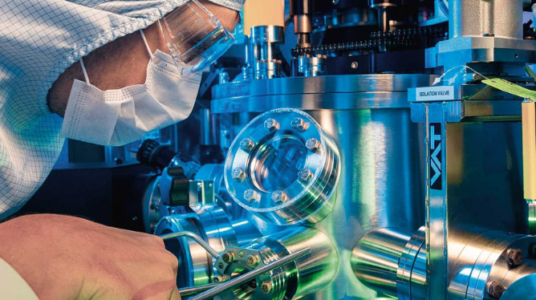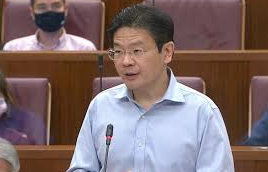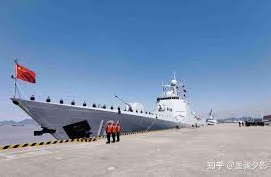While many hail it as a step toward clean energy, concerns about safety and Singapore’s small size persist.
SINGAPORE: A new 30-year agreement between Singapore and the United States on nuclear research has sparked a mix of optimism and concern among Singaporeans. While some view it as a forward-thinking move for the nation’s energy future, others express unease over potential safety risks.
Signed on July 31 by Foreign Minister Vivian Balakrishnan and US Secretary of State Antony Blinken, the 123 Agreement on Nuclear Cooperation grants Singapore access to cutting-edge nuclear technologies and expertise from American institutions.
Dr. Balakrishnan emphasized that no decision has been made regarding the deployment of nuclear energy in Singapore, noting that the agreement’s focus is on understanding advanced nuclear technologies to evaluate their feasibility.
“Current conventional nuclear technologies are not suitable for Singapore. But given advances in civil nuclear technology, we need to stay abreast of breakthroughs in this rapidly evolving field,” Dr. Balakrishnan stated.
A Step Toward Advanced Nuclear Research
The agreement enables Singapore to join the US Department of State’s First (Foundational Infrastructure for Responsible Use of Small Modular Reactor Technology) program. This initiative will allow Singapore to explore small modular reactors (SMRs), a technology that aligns better with the nation’s land and energy needs due to its compact design, enhanced safety, and reduced buffer zone requirements.
Authorities, including the Ministry of Sustainability and the Environment (MSE) and the Ministry of Trade and Industry (MTI), reiterated that deploying nuclear energy would require extensive studies on safety, affordability, reliability, and environmental sustainability.
Under the First program, Singapore will gain access to US National Laboratories and collaborate with other countries developing advanced nuclear technologies.
“This agreement builds on the longstanding civil nuclear collaboration between the United States and Singapore and outlines a comprehensive framework to deepen peaceful nuclear cooperation,” the governments stated in a joint release.
Public Reactions: Hope and Hesitation
Online discussions reflect a range of opinions. Supporters view the agreement as a positive step toward achieving Singapore’s clean energy goals.
“It’s a possible first step for Singapore’s own nuclear reactor,” commented one user. Another expressed strong enthusiasm, saying, “If it lowers our electricity bills and allows island-wide air-conditioning, I’m 110% for nuclear.”
Others see the partnership as vital for the country’s push toward electrification and environmental sustainability. “Would be a very important step if we want to go clean, green, and heavy on electrification,” wrote another supporter.
However, concerns about safety persist, especially given Singapore’s small size and densely populated landscape.
“Our island is so small. Unless they build it in the middle of the sea, some of us are gonna be in the danger zone,” commented a skeptical netizen.
Another voiced concerns over disaster preparedness, asking, “What’s the plan in case of a meltdown? We don’t have a hinterland like the US, Russia, or Japan.”
Looking Ahead
While the agreement signals a growing interest in advanced nuclear technologies, Singapore’s government has emphasized caution and thorough evaluation before committing to nuclear energy. The mixed public sentiment underscores the need for transparent communication and robust safety planning as the nation navigates this significant development.








